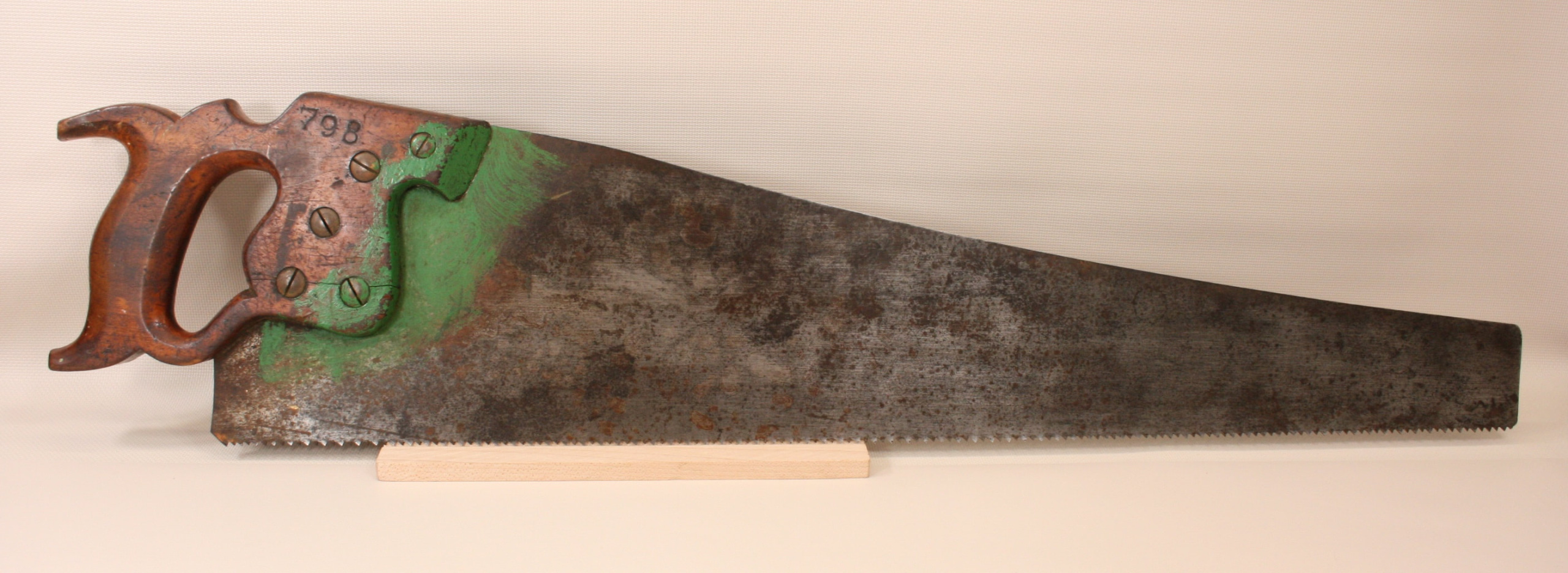

As the people begin to die one by one, they slowly learn the rules of Jigsaw's number puzzle, and begin to find the antidotes. There are antidotes around the house, but the clue to finding them is cryptic. All eight people are told that if they don't escape the house in time, there is a neurotoxin that will be released to stun and kill them all. Jigsaw leads Detective Matthews to an abandoned steel mine, where he finds live videos of his newest victims, eight people all trapped in a house. There has been only one known survivor, a young girl named Amanda. Detective Eric Matthews, who until now was retired and enjoying his desk job, investigates the crime scene, to find it is the work of Jigsaw, a killer notorious for putting his victims through a series of grueling, gruesome tests in order to save their lives. Because he cannot bring himself to cut open his eye, he fails in opening the helmet, and his head is crushed and impaled by the giant mechanical mask. He is told via videotape that he must get the device off his head within one minute or it will kill him-and that he must cut it out from behind his right eye with a scalpel.


The base *sek- is peculiar to northwest (or European) Indo-European, being attested in Celtic, Italic, Germanic, and Slavic *sek- is perhaps ultimately the same base as *skeh 2-, *skh 2- "cut open, flay" see etymology and note at science.The sequel to the infamous and mysterious slasher film Saw opens with an informant waking up to find a metal mask on his face.

Middle English sagh, sawe, going back to Old English sagu (strong feminine noun), going back to Germanic *sagō (whence also Middle Dutch sage "saw," Old High German saga, Old Icelandic sǫg) beside *segō (whence Middle Dutch sege "saw," Old High German sega), noun derivatives from a dialectal Indo-European verbal base *sek- "cut," whence also Middle Irish tescaid "(s/he) cuts, severs" (regularized from a presumed verb doˑesc, perhaps from *to-eks-sk-), Latin secō, secāre "to cut, sever, make an incision," Old Church Slavic sěkǫ, sěšti "to cut down, fell, hew," Bosnian-Croatian-Serbian sijèčēm, sjȅći "to cut, chop, hew"


 0 kommentar(er)
0 kommentar(er)
